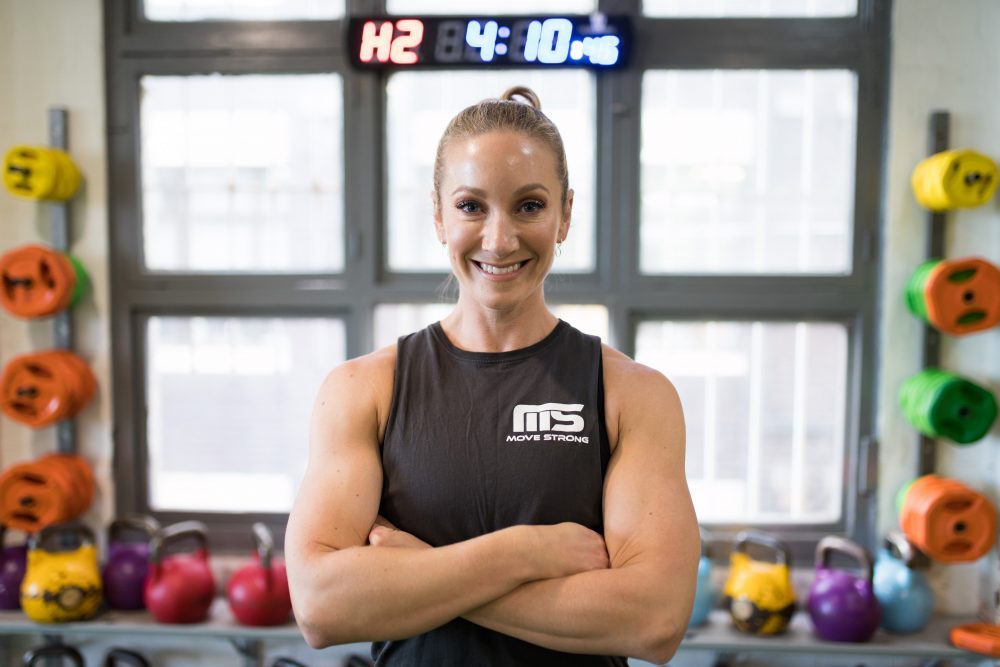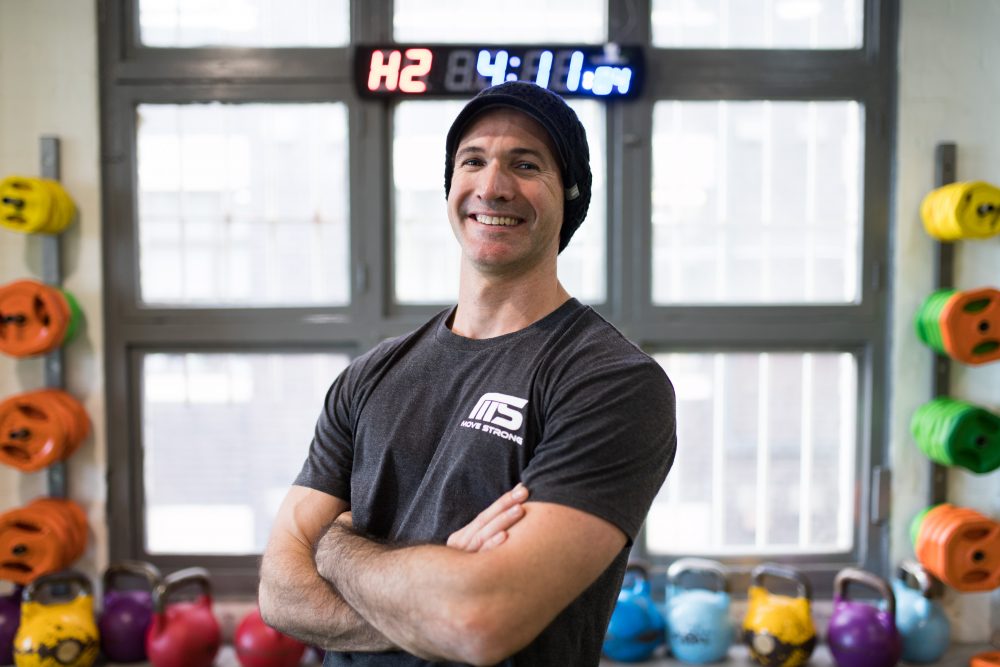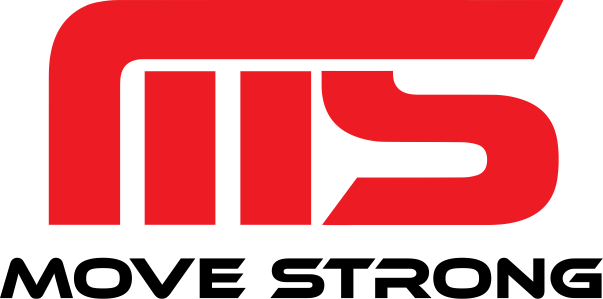Introduction to Kettlebells for Rehabilitation and Performance
Adelaide
Take your active care to the next level….
Is your tool bag brimming with gadgets and nifty do-dads?
Today’s performance and rehab specialist is expected to have a broad skill set
Passive modalities form a significant part of the patient experience and can be an effective way to improve pain profiles, mobility and function in the short term. As sports chiropractors, we are expected to be able to provide a lot more than spinal or even peripheral adjustments. Soft tissue techniques such as Active Release Technique, Instrument Assisted Soft Tissue Manipulation, Shockwave, Grip and Rip, Dry Needling, Laser, cupping etc. are among the tools that athletes expect us to have.
As practitioners, we’re getting better at putting out fires. Acute elbow pain – there’s a protocol for that. Patella tendon pain – there’s a few go-tos that can settle that down. However, what the evidence shows is that the biggest predictor for pain and injury is a previous injury. So what are we, as practitioners, missing? Does the absence of pain mean the problem is fixed, or are we missing something? Are we limited by our passive modalities?
Despite an ever expanding raft of treatment modalities, passive treatment often fails to achieve lasting results
We’re great at putting out the fire, but often the arsonist is still on the loose
Do you give isolated corrective exercises?
Its time to rethink isolated concentrics and consider reflex stabilisation
The idea of addressing stability by training so-called stabilisers with isolated concentrics neglects the idea that true stabilisation is reflex driven and relies more on proprioception and timing than the intrinsic capacity of the muscle. (Cook, 2010)
Effective corrective strategies need to look at the whole movement pattern, use reflex driven stabilisation, variety, appropriate cuing as well as the absolute strength of the stabilisers.
The Move Strong Kettlebell course will build your confidence in delivering a thorough active care program to your patients that will go beyond traditional low threshold exercises. You will learn how to safely challenge patients in a way that builds self efficacy and breaks down movement fear avoidance and kinesiophobic behaviors.
Looking to take you active care to the next level?
Move Strong workshops will give you the tools

Andrea
DC, BExSci, SFGII, SFL, ASCA, ICCSP
Matt
MChiro, BSc, BA, SFG II ASCA, ICCSP

Who is Move Strong?
Clinical practice is a challenging terrain to navigate. Staying on top of current research is an impossible task with literally not enough hours in the day to ready through and digest all the content that is being produced in the field of manual therapy, let alone health care in general.
Move Strong was born out of a desire to ll
